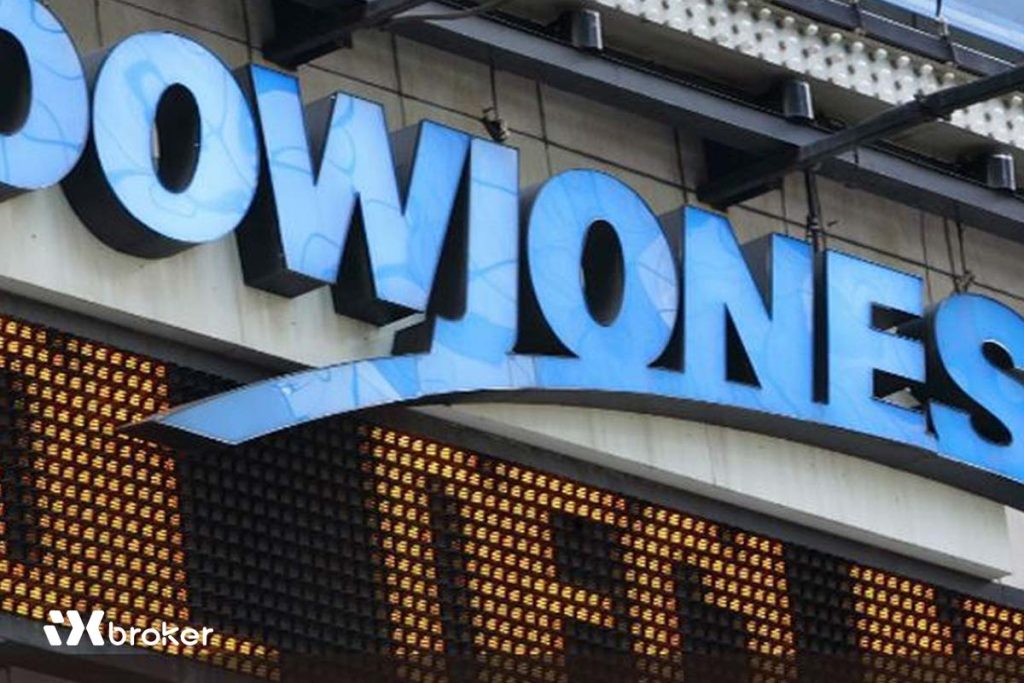In August, the Bank of England reduced its base rate to 4%, marking the lowest borrowing cost in over two years. This was the Bank’s fifth cut in a year, but it only passed after an unprecedented second vote among policymakers – underlining how finely balanced the decision was.
Since interest rates directly shape mortgage costs, credit card charges, loan repayments, and even savings returns, the debate over where they head next is one of the most critical questions for households and businesses alike.
What Exactly Are Interest Rates – and Why Do They Change?
Interest rates reflect the price of borrowing money or the reward for saving it. The Bank of England sets the base rate, which determines how much it charges commercial banks and building societies to borrow.
That base rate ripples through the financial system, influencing mortgage deals, loan costs, and savings rates.
The Bank’s primary mandate is to control inflation – aiming for 2% annual price growth. Rates rise when inflation is too high, in order to cool demand. Conversely, when the economy slows or the labour market weakens, the Bank may cut rates to stimulate spending and investment.
Recent UK Interest Rate Trends
Rates bottomed out at 0.1% in early 2021, before climbing steadily to 5.25% by August 2023 as inflation surged.
Since then, five cuts have taken the base rate back to 4%:
-
August 2024: 5.0%
-
November 2024: 4.75%
-
February 2025: 4.5%
-
May 2025: 4.25%
-
August 2025: 4.0%
Bank of England governor Andrew Bailey has stressed that while rates are trending lower, further reductions will be “gradual and cautious.”
Inflation: The Key Variable
Inflation remains stubbornly above target. In the 12 months to July 2025, the CPI inflation rate was 3.8%, up from 3.6% in June, driven mainly by higher food costs and summer airfares.
That’s far below the 11.1% peak in October 2022, but still almost double the Bank’s goal. The Bank now expects inflation to peak at 4% in September, slightly higher than earlier forecasts.
The tension is clear: inflation is too high to ignore, yet economic growth and the labour market are weak enough to justify easing borrowing costs.
Will Rates Fall Further?
The August cut (5-4 vote) was one of the narrowest decisions in recent history. One member even pushed for a larger, half-point reduction.
Markets had expected another cut in November, but given the tight vote – and concerns over renewed price pressures from wage growth and food costs – the outlook is now more uncertain.
Governor Bailey has signalled that larger cuts remain on the table if the jobs market deteriorates further. Recent figures show payroll numbers falling, vacancies shrinking, and unemployment inching higher – all signs that could support additional easing.
What It Means for Mortgages, Loans, and Savings
-
Mortgages: Around one-third of households have a mortgage. While 600,000 track the Bank’s base rate directly, most are on fixed deals. Average two-year fixed rates currently sit at 4.98%, with five-year fixes around 5%. Tracker mortgages average 4.67%. For the 800,000 homeowners whose ultra-low fixed deals expire each year until 2027, monthly repayments are set to rise sharply.
-
Loans & Credit Cards: Cuts in the base rate can lower borrowing costs for personal loans and credit cards, but banks are typically slow to pass these savings on.
-
Savings: Falling rates usually mean weaker returns for savers. The average easy-access savings account currently pays 2.64%, but further rate cuts could squeeze that figure lower – affecting households reliant on interest income.
A Global Perspective
The UK has recently held some of the highest rates among G7 economies. But peers are also moving toward easing:
-
Eurozone: The European Central Bank began cutting in mid-2024. By June 2025, its main rate stood at 2%.
-
United States: The Federal Reserve made three cuts in late 2024 but has since paused, keeping its benchmark range at 4.25%–4.5%.
Global uncertainties – from US tariffs to Middle East conflicts – remain wild cards for the Bank of England’s path forward.
Outlook
The Bank of England finds itself at a crossroads: inflation is still too high, but the economy shows signs of slowing. While interest rates are likely to edge lower over the next year, the pace will depend on how inflation, wages, and global risks evolve.
For now, borrowers can expect gradual relief – but savers may see their returns shrink further.



